Exploring the natural world is a thrill, but you might want to watch your step in the U.S. With a mix of landscapes, from swampy wetlands to arid deserts, the country is home to some truly fascinating—and venomous—snakes. Whether you’re hiking through the woods or chilling by a lake, these slithery creatures could be closer than you think. Let’s dive into twelve of the most venomous snakes you might encounter across the United States, so you can stay informed and maybe even a bit intrigued next time you’re out in nature.
1. Eastern Diamondback Rattlesnake
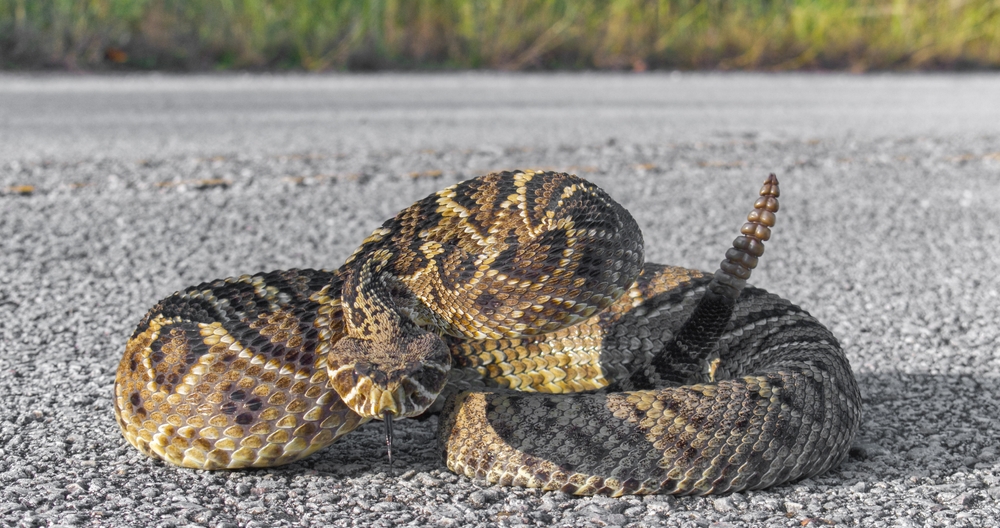
Meet the heavyweight champ of North American snakes. The Eastern Diamondback reigns supreme with its potent venom and striking diamond pattern. Often found in the southeastern U.S., this snake prefers palmetto thickets and pine forests. While its bite packs a serious punch, rattling is its polite way of asking you to keep your distance. The key here is respect; observing from afar keeps both you and the snake happy.
2. Western Diamondback Rattlesnake
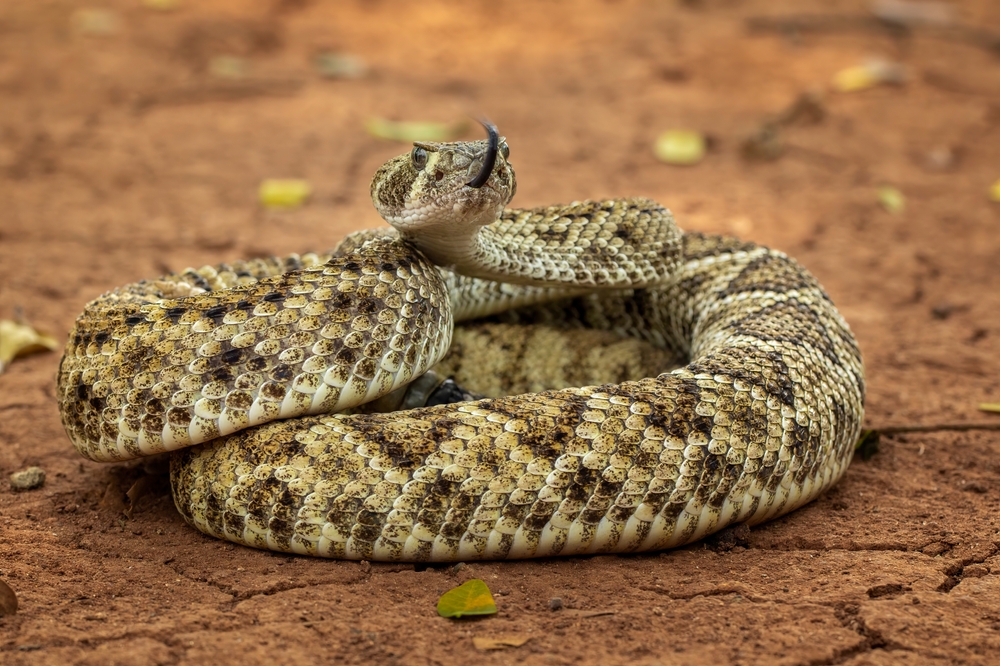
Equally as impressive, the Western Diamondback calls the arid landscapes of the Southwest home. Known for its sassy and defensive nature, this rattler is not afraid to stand its ground. Its venom can affect your blood’s ability to clot, making it one you want to steer clear of. Nevertheless, its distinct tail rattle gives you fair warning, so tune your ears to that unmistakable sound when trekking through its territory.
3. Copperhead
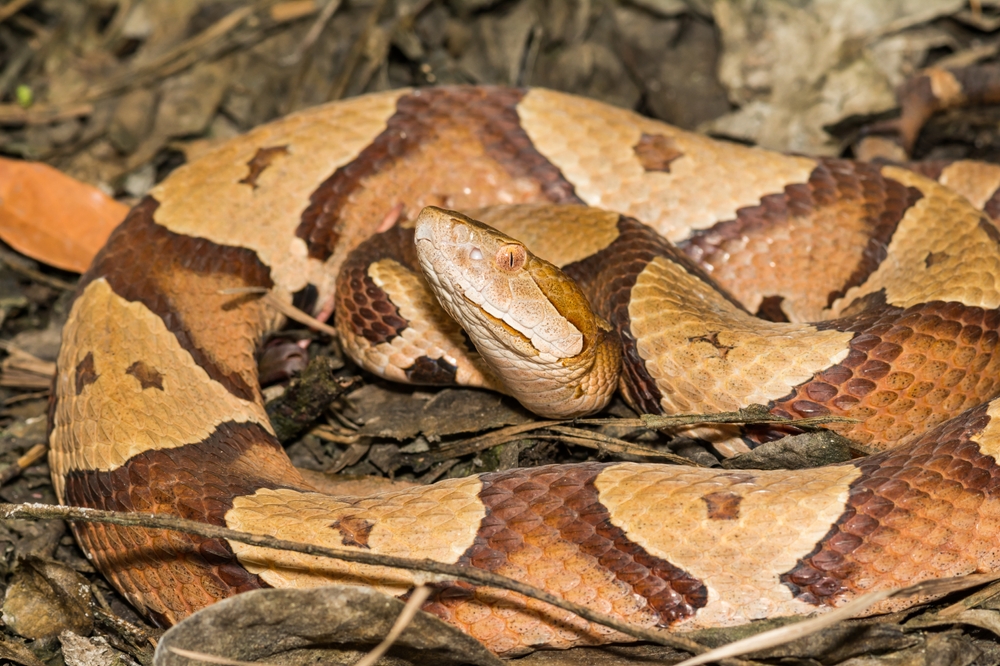
Adaptability is the name of the game for the Copperhead. Found in both urban and rural areas, these snakes blend seamlessly into leaf litter with their coppery camouflage. While their bite is rarely fatal to humans, it can still cause a painful reaction. Copperheads are less inclined to flee, so keep your eyes peeled when hiking through their habitats in the eastern U.S. and parts of the Midwest.
4. Cottonmouth (Water Moccasin)
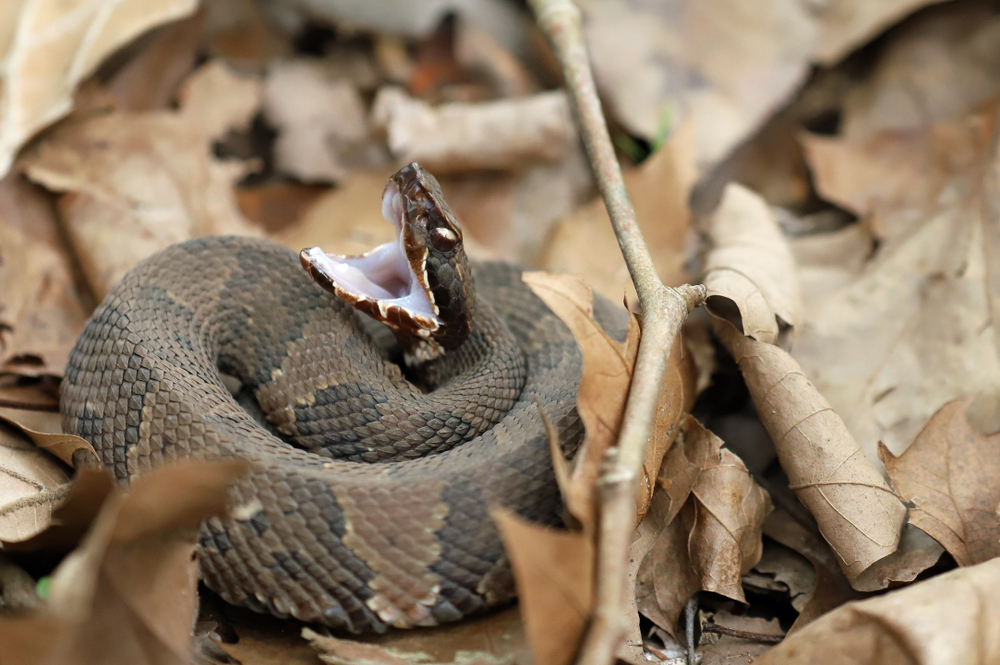
This semi-aquatic snake has a reputation that precedes it. Known for its menacing display, the Cottonmouth can be found in swamps, marshes, and streams in the Southeast. It gets its name from the cotton-like white interior of its mouth, which it shows off when threatened. While aggressive encounters are rare, caution in its watery domain is wise, as its venom is quite potent.
5. Coral Snake
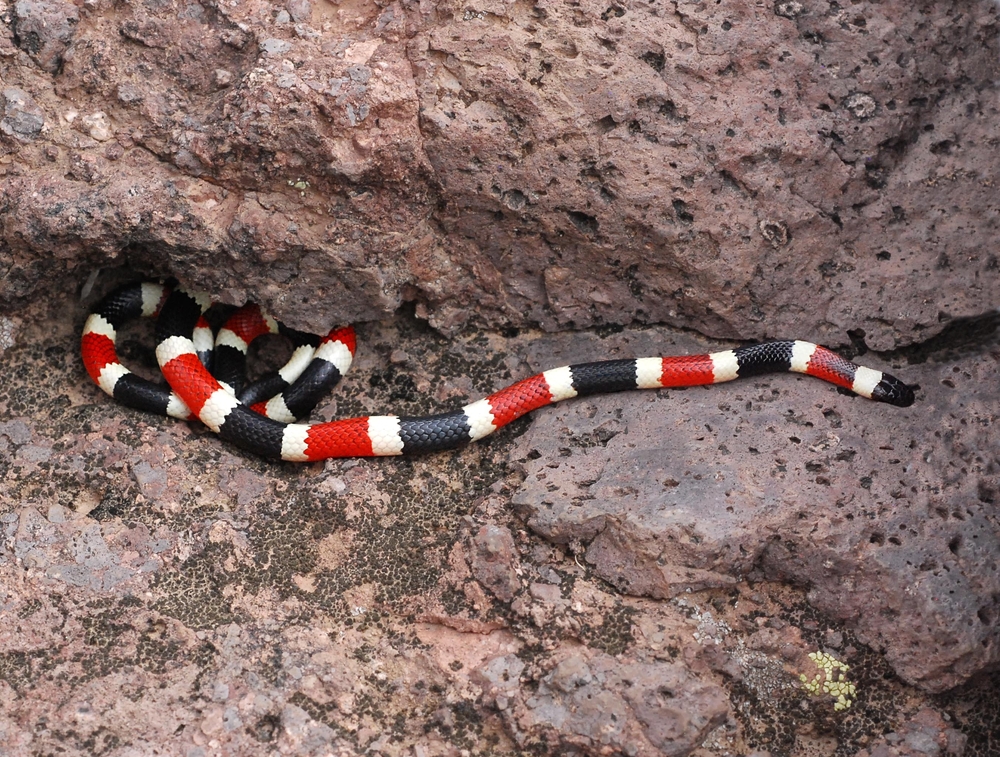
“Red touch yellow, kill a fellow; red touch black, friend of Jack.” This rhyme is your lifeline when distinguishing the venomous Coral Snake from its non-venomous lookalikes. Found in the southeastern states, these snakes are shy but pack a neurotoxic wallop. Their vibrant colors might be mesmerizing, but it’s best to admire these slinky creatures from afar to avoid their stealthy bite.
6. Mojave Rattlesnake
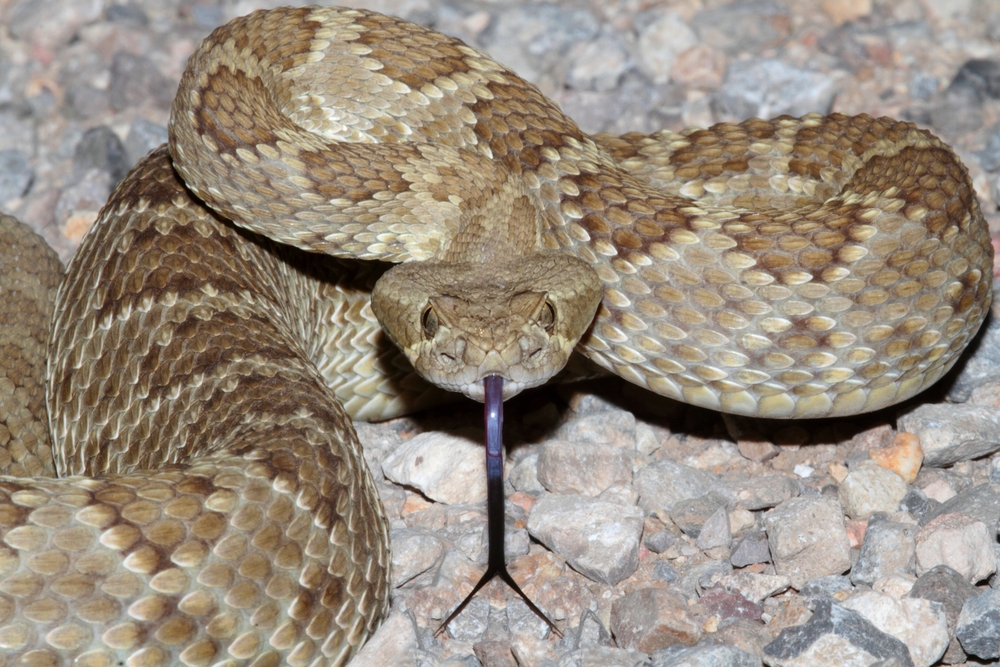
The Mojave Rattlesnake’s claim to fame is its extremely potent venom, which combines neurotoxins and hemotoxins. Found in the deserts of the southwestern U.S., this snake’s bite demands immediate medical attention. Despite its fearsome reputation, it’s a generally non-confrontational creature. Its distinctive greenish hue helps it blend into its desert surroundings, so stay vigilant if you’re exploring its sandy domain.
7. Timber Rattlesnake
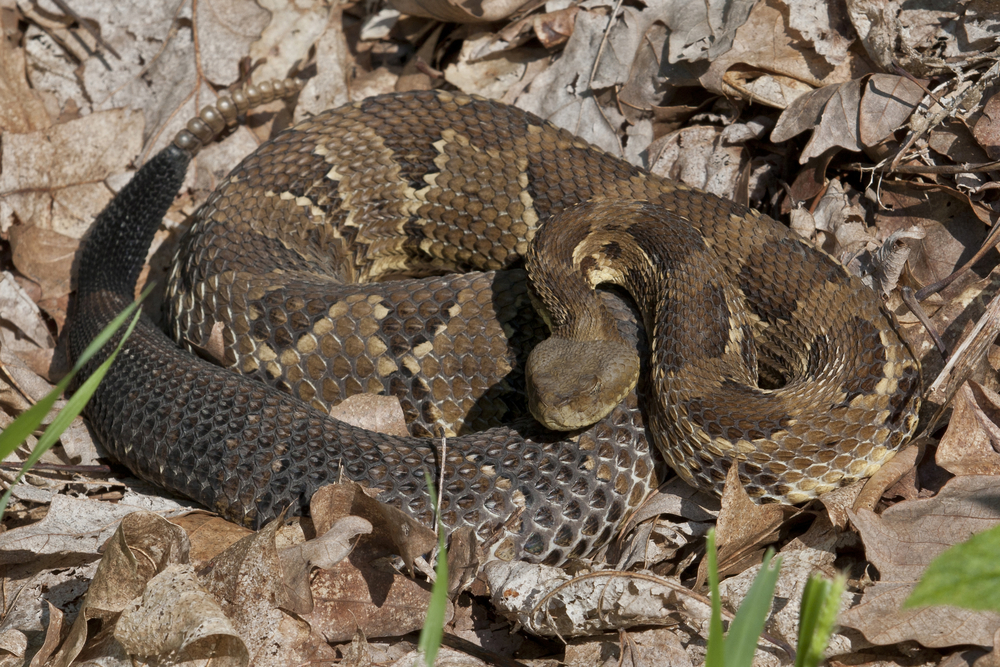
You might call the Timber Rattlesnake a forest’s hidden treasure. Common in the eastern U.S., they prefer the solitude of wooded areas and rugged terrain. Known for a more laid-back disposition, these snakes aren’t quick to strike unless provoked. Their venom is potent enough to warrant respect, so if you encounter one sunbathing on a trail, give it a wide berth to both enjoy its beauty and stay safe.
8. Prairie Rattlesnake
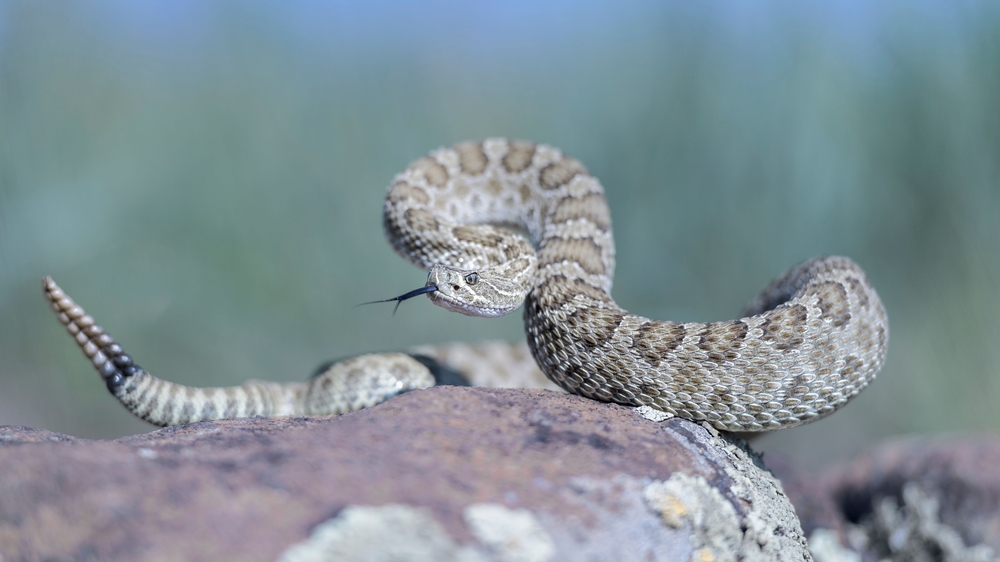
Traversing the open landscapes of the Great Plains and Rocky Mountains, the Prairie Rattlesnake is a master of adaptability. It’s less aggressive than some of its rattlesnake relatives, but make no mistake—its venom can still cause serious harm. Its pattern and color allow it to blend remarkably well with the prairie grasses, so keeping an eye on where you step is a smart move when exploring its habitat.
9. Black-tailed Rattlesnake
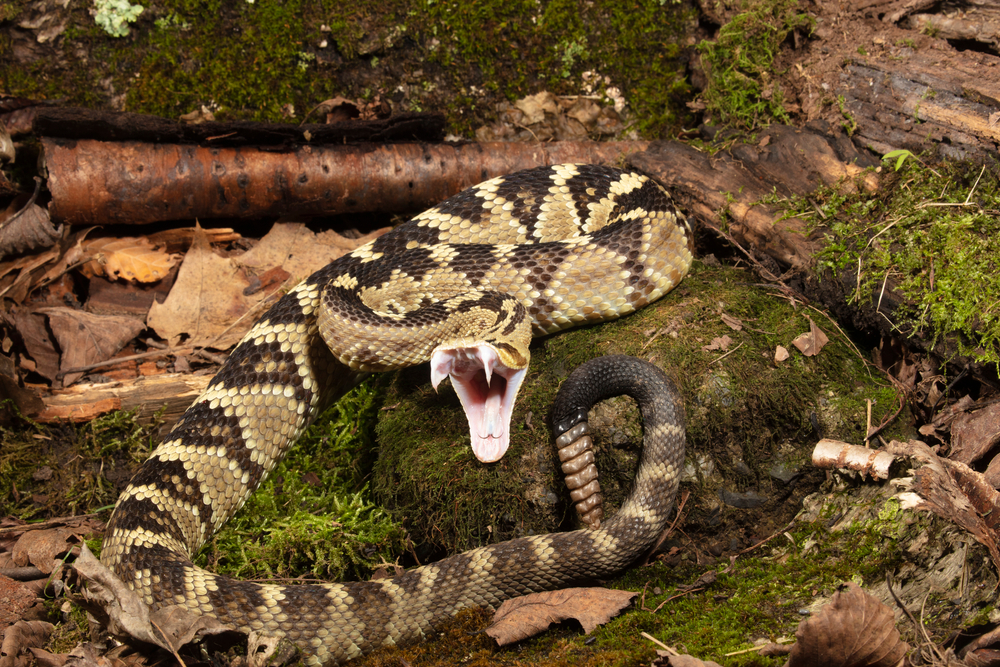
The Black-tailed Rattlesnake is a southwestern inhabitant known for its charming black tail tip. Often found in rocky areas, this snake is relatively docile. Its venom, while not the most lethal, is a mix of hemotoxins and neurotoxins, so it’s not one to be taken lightly. Appreciate its striking beauty from a distance, and you’ll both part ways unscathed.
10. Pygmy Rattlesnake
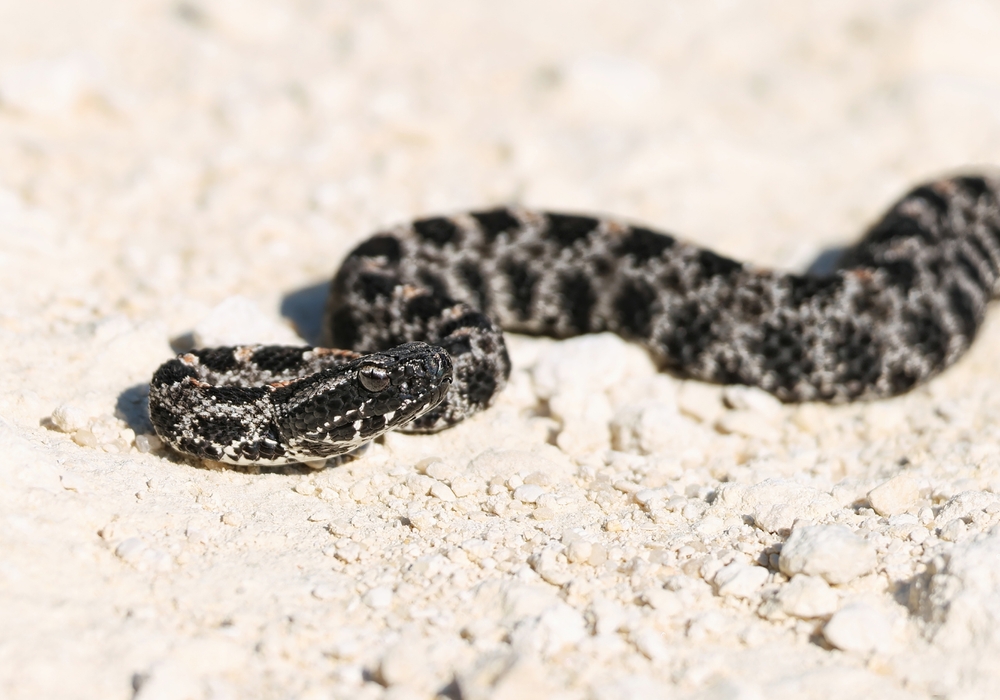
Small but mighty, the Pygmy Rattlesnake makes its home in the southeastern U.S. Don’t let its size fool you; this snake is well-equipped with a venomous bite. Its subtle rattle sounds more like a faint buzz, so it’s easy to overlook. This snake likes to keep a low profile, so tread carefully when walking through its preferred sandy or marshy habitats.
11. Massasauga Rattlesnake
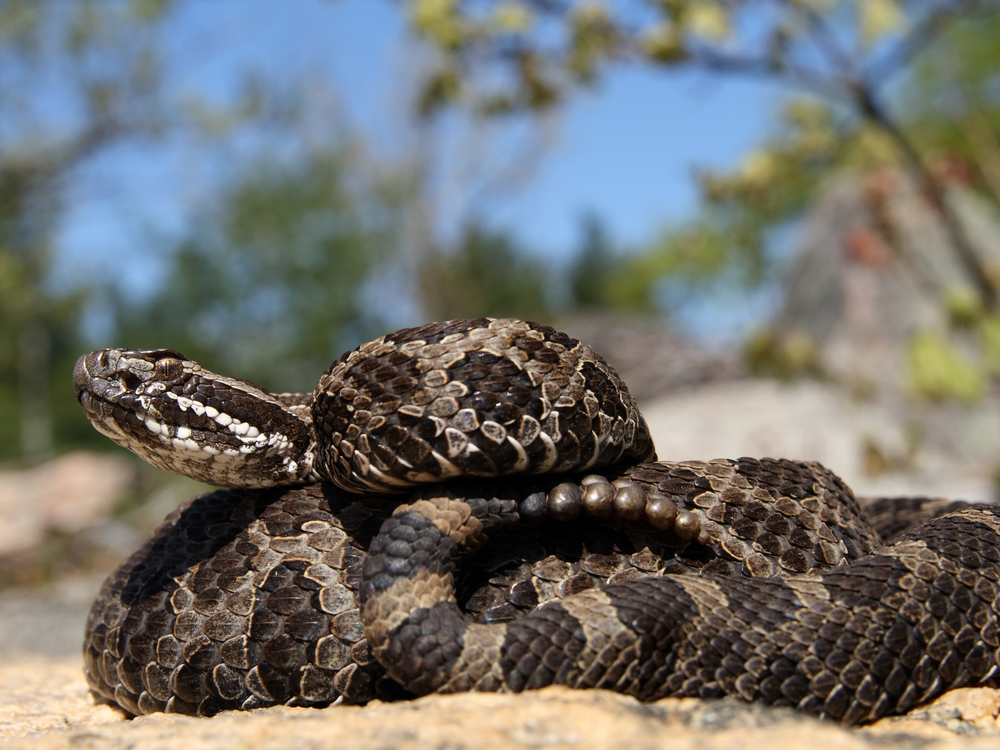
Often found in the Midwest and Great Lakes region, the Massasauga Rattlesnake is a wetland enthusiast. Its name, derived from a Chippewa word meaning “great river mouth,” reflects its preference for moist environments. The snake’s venom is potent, but bites are rare as it’s quite a reserved creature. If you’re exploring marshes or prairies, be mindful and enjoy the harmonious calls of nature—including this rattler’s subtle warning.
12. Twin-spotted Rattlesnake
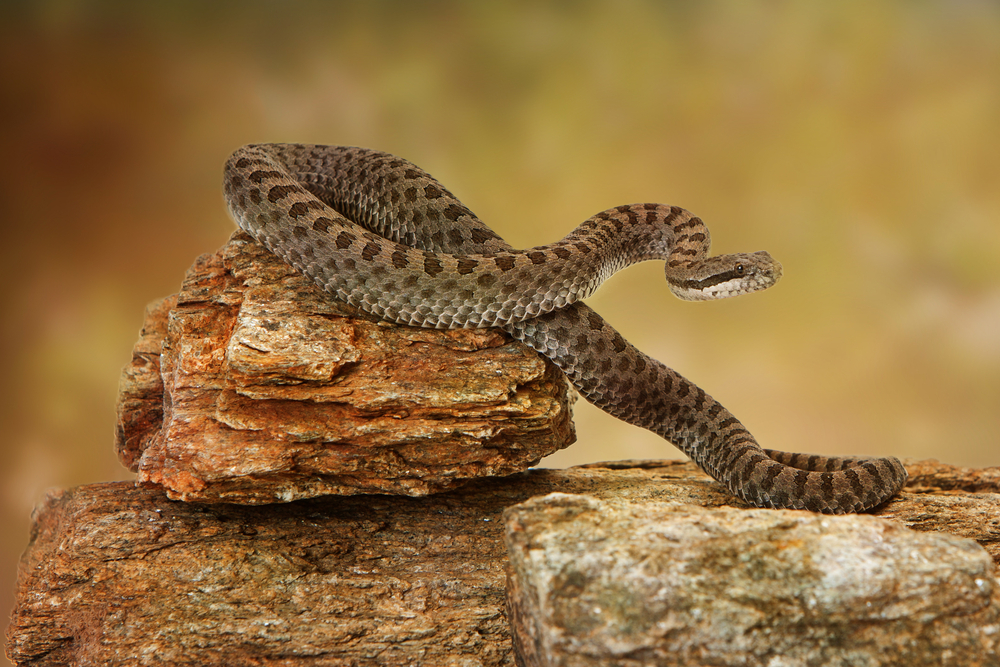
Hidden among the rugged cliffs of Arizona, the Twin-spotted Rattlesnake is a rare find. With its unique doubly-spotted pattern, this snake is a master of disguise in rocky terrain. It’s not known for aggression, but its venom is no joke. An encounter with this reclusive rattler is a special occasion for herpetologists and nature lovers alike, but remember, it’s best admired from a safe distance.
